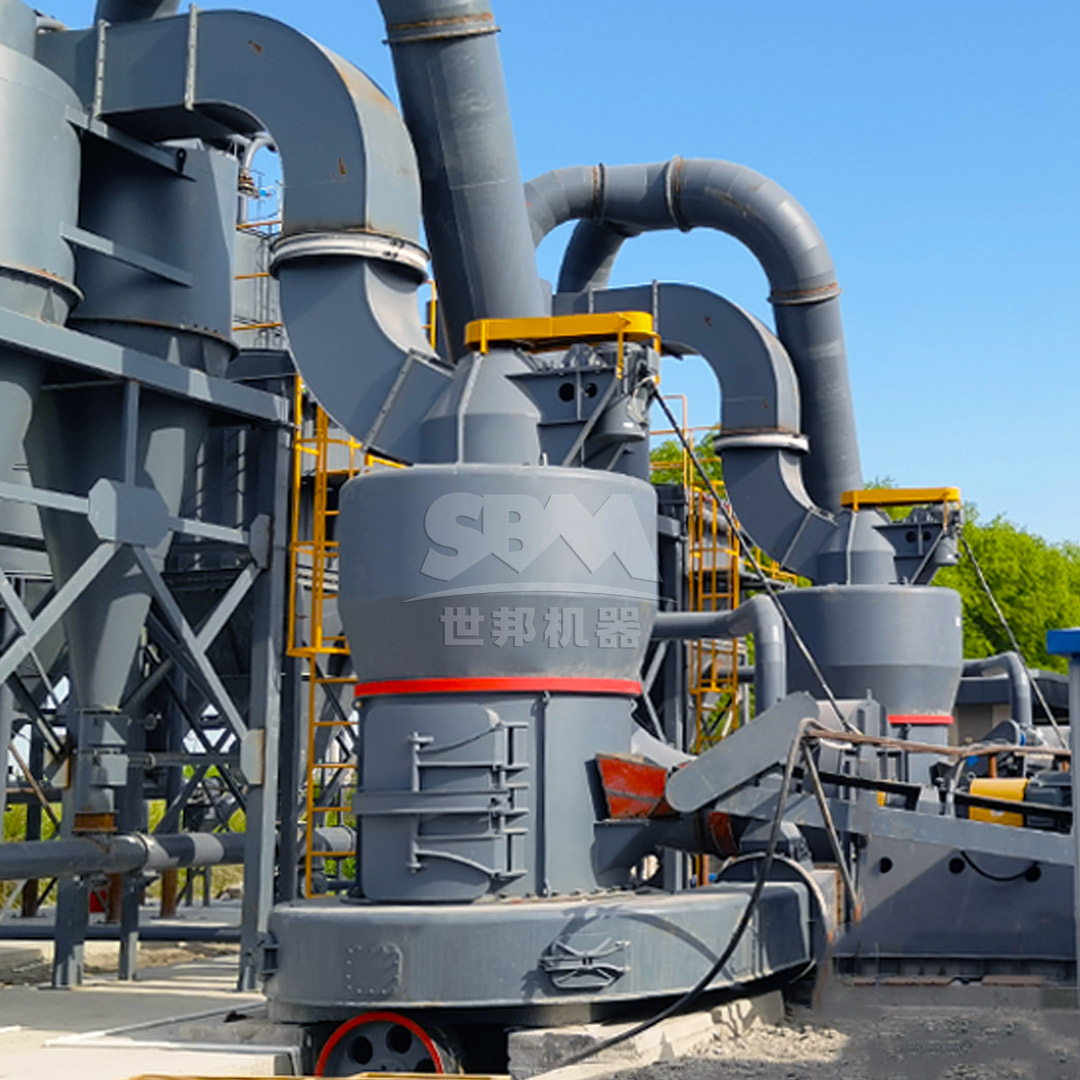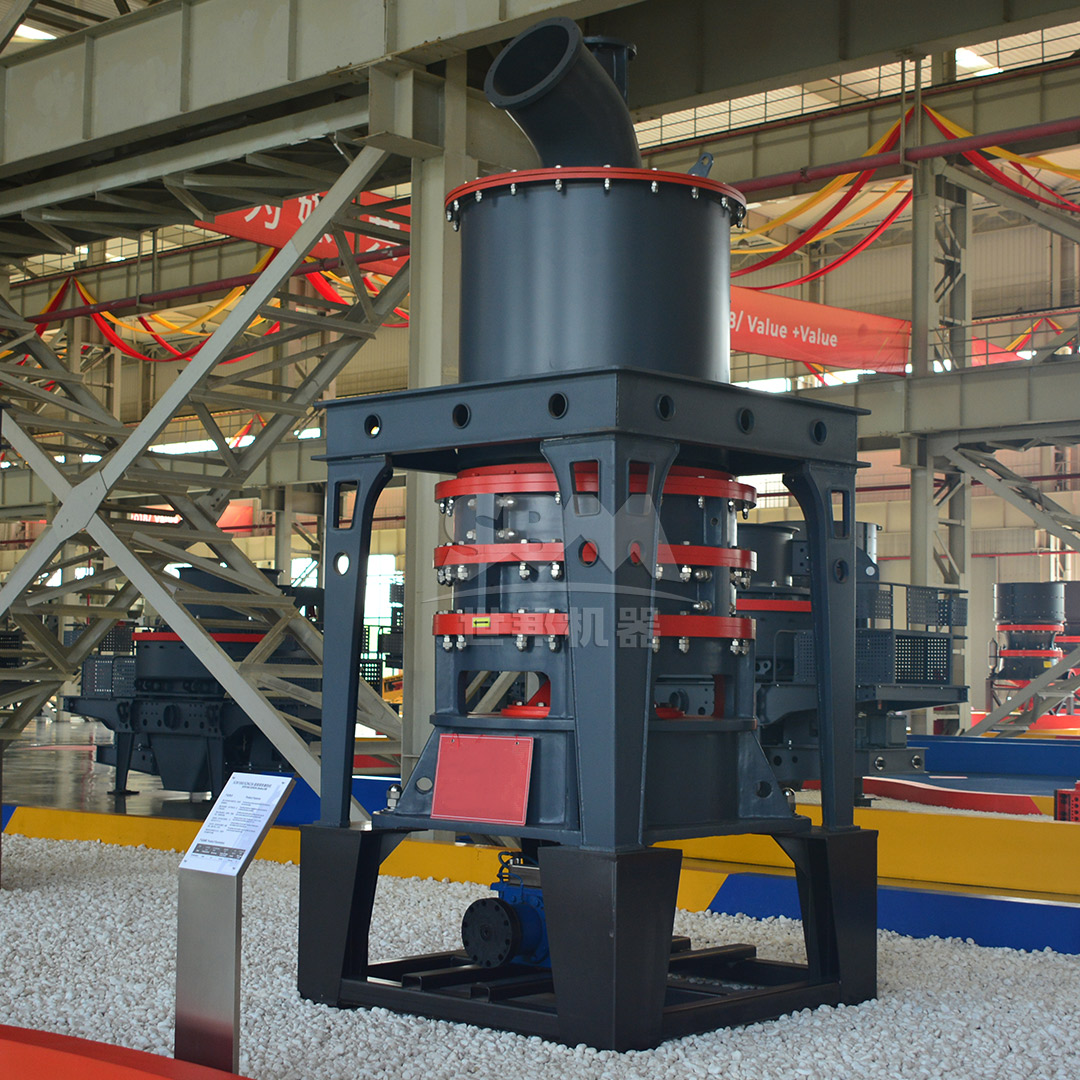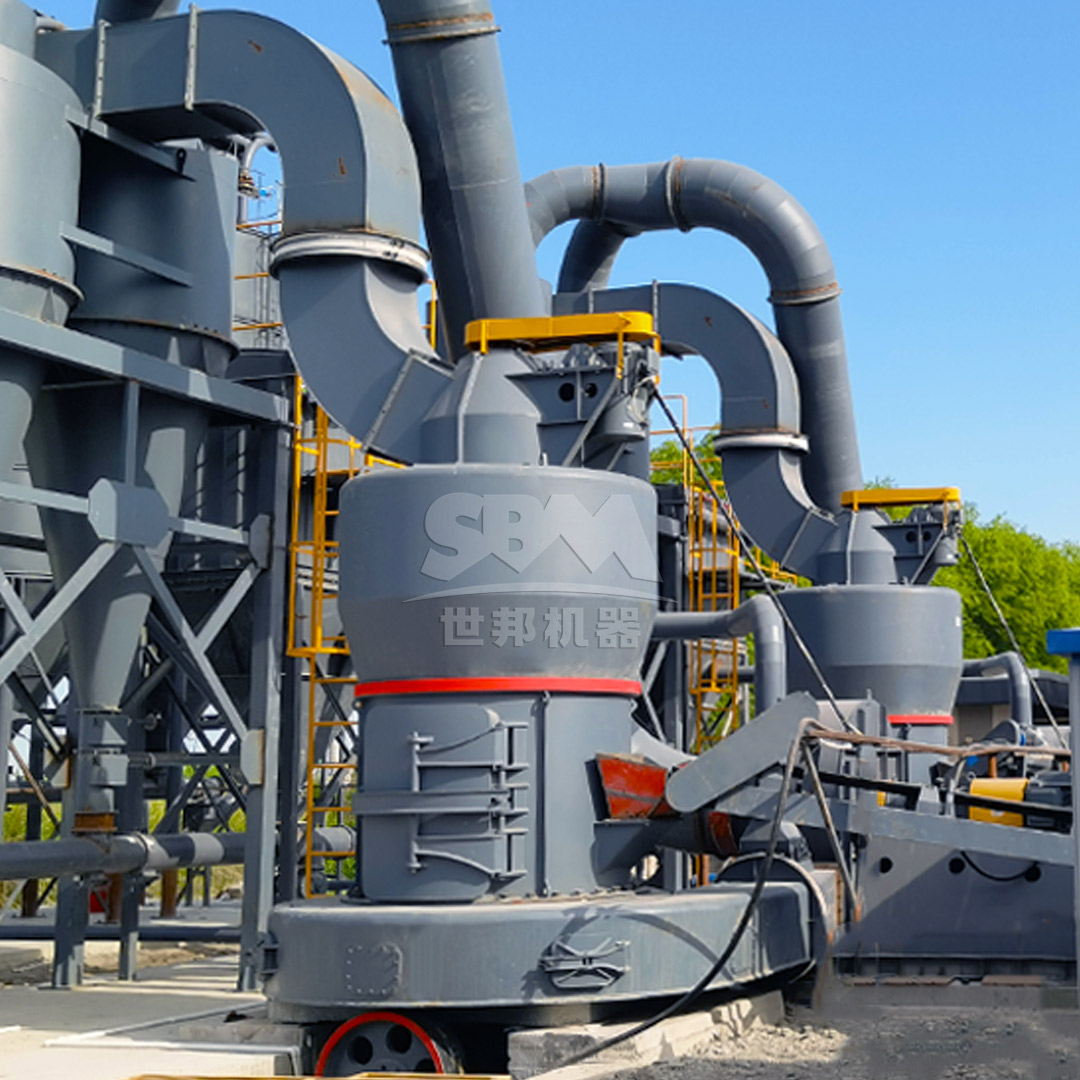Limestone plays a pivotal role in cement manufacturing as the primary raw material for clinker production. Its chemical composition (primarily calcium carbonate) and physical properties make it indispensable for achieving optimal cement quality while reducing environmental impact. This article explores the technical advantages of limestone utilization and introduces advanced grinding solutions to enhance production efficiency.

As the key calcium source (60-67% CaO content), limestone:
| Material | CaO Content | SiO2 Content | Calcination Temp. |
|---|---|---|---|
| High-grade Limestone | ≥52% | 2-5% | 900-950°C |
| Clay | 5-15% | 50-60% | 1000-1100°C |
Modern grinding technology maximizes limestone potential:
Our SCM Ultrafine Mill series achieves 325-2500 mesh (5-45μm) fineness with 30% energy savings versus conventional mills. Key features:

Limestone utilization with advanced grinding delivers:
Our MTW Series Trapezium Mill supports sustainable production:
| Model | Capacity (t/h) | Power (kW) | Fineness (mesh) |
|---|---|---|---|
| MTW175G | 9.5-25 | 160 | 30-325 |
| MTW215G | 15-45 | 280 | 30-325 |

The industry is moving toward:
Our grinding solutions like the SCM and MTW series provide the technological foundation for these advancements, combining German engineering with localized service support.